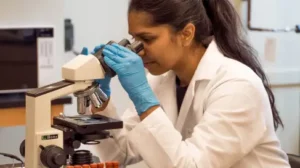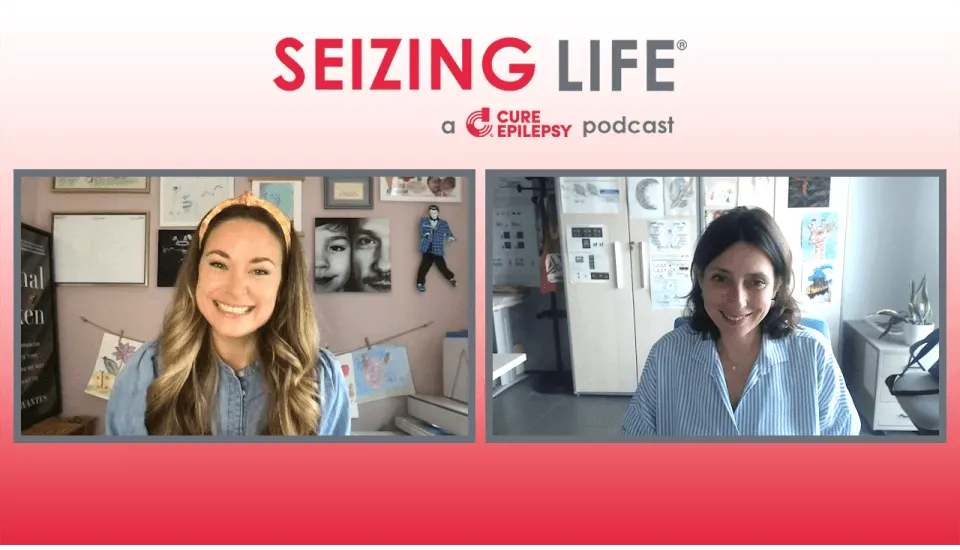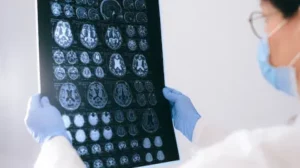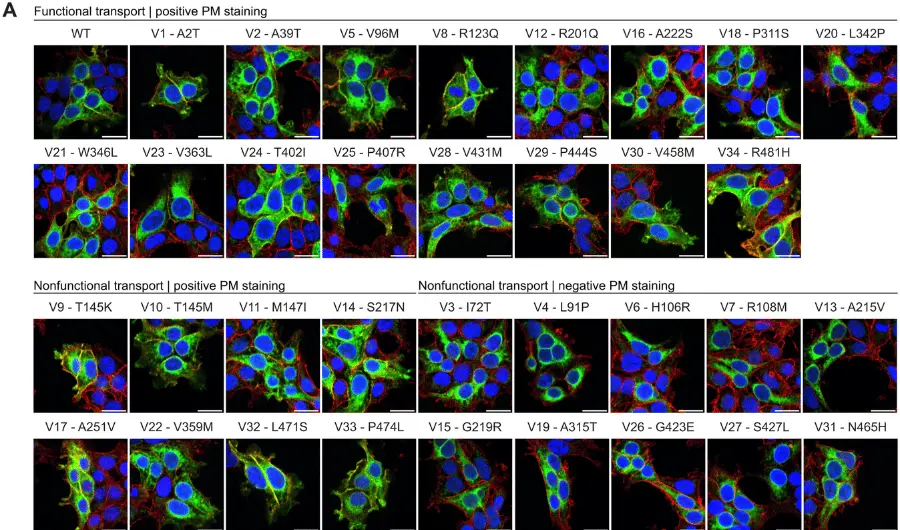Research Aims to Reduce the Loss of Speech and Language in Epilepsy Patients
August 18, 2021
Article, originally published in News Medical
New research aims to shed light on reducing the loss of speech and language in epilepsy patients who require brain surgery to manage the condition.
Epilepsy affects more than 250,000 Australians with one third requiring surgery to remove the brain tissue causing seizures.
Mater Hospital Centre for Neurosciences neurologist Dr Lisa Gillinder said the research would help reduce the risk of damage during surgery to areas of the brain that are responsible for speech, movement, vision and other functions.
The research is a joint project by Mater Hospital Advanced Epilepsy Unit, Queensland University of Technology and University of Queensland and will study people who have epilepsy as well as those who do not have the condition to improve understanding about the speech areas of the brain.
Deputy Director of Herston Imaging Research Facility and QUT Professor Katie McMahon believes patients with epilepsy already had different function in the speech region of the brain, caused by the impact of ongoing seizures.
“The research will allow us to test this theory,” Professor McMahon said. “We are also hoping to identify how (magnetic resonance imaging) MRI scans can be best used to assess language function in people with epilepsy when planning for surgery.
“Overall, the goal is to improve treatment for people with epilepsy and gain clearer information about the risks and benefits of surgery.”







